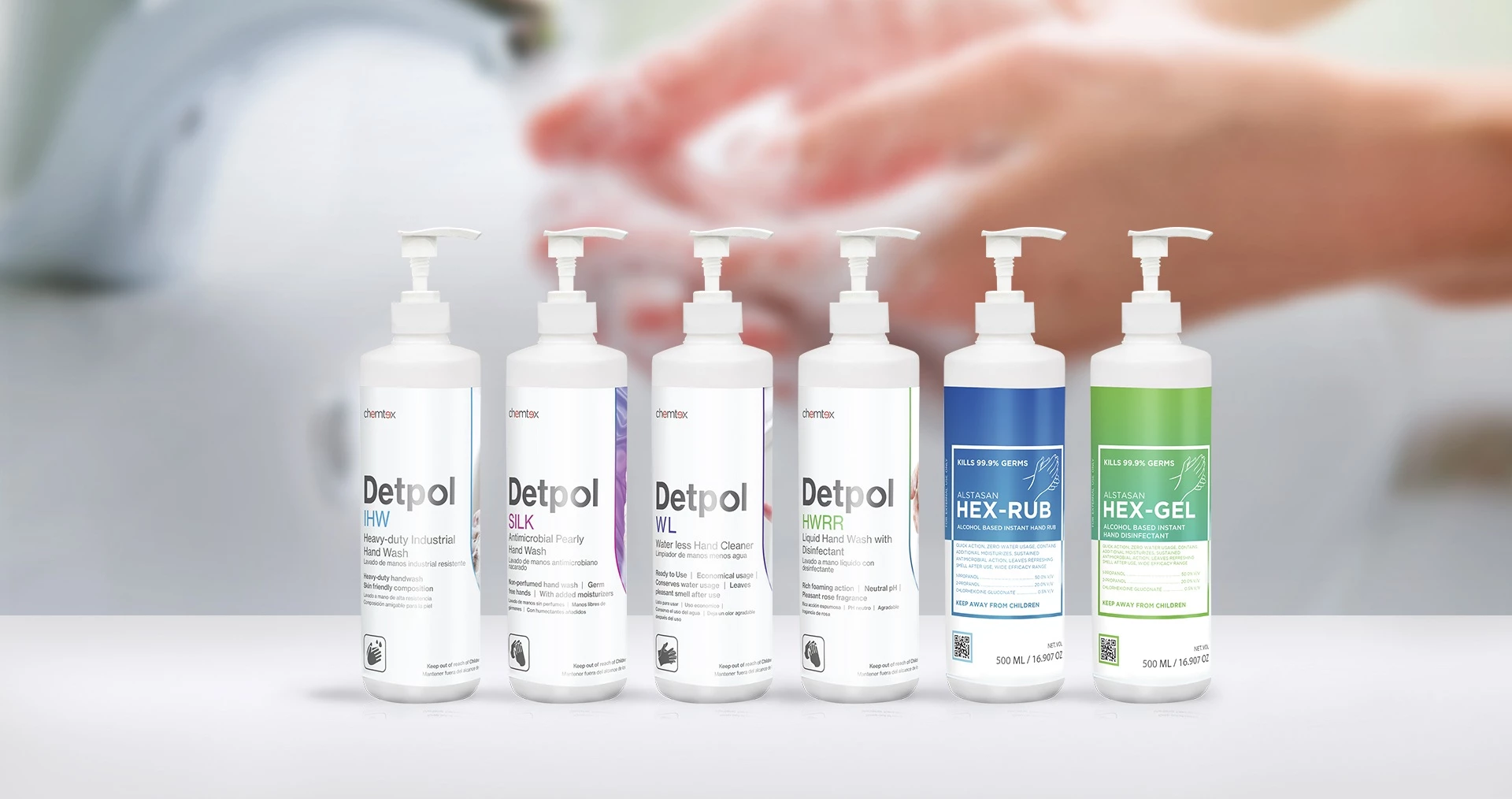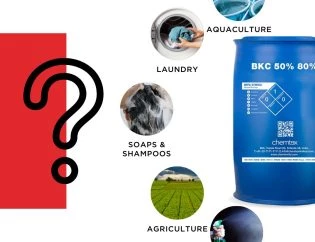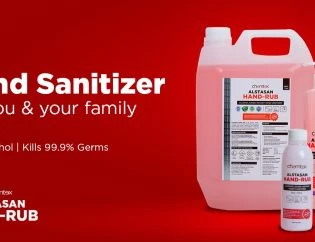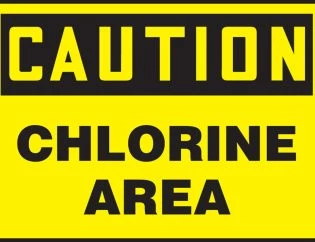
Hand hygiene is now regarded as one of the most important elements of infection control activities. In the wake of growing burden of healthcare-associated infections (HCAIs), the increasing severity of illness and complexity of treatment, superimposed by multi-drug resistant pathogen infections, health care practitioners are reversing back to the basics of infection preventions by simple measures like hand hygiene.
Hand hygiene performance varies according to work intensity, type of ward, professional category, and time of day/week. It is useful because it is very good at killing lots of microorganisms, including those that cause common illness like cold and flu and those that because of many wound infections. Designed by WHO, “My 5 Moments for Hand Hygiene” approach defines the key moments when health-care workers should perform hand hygiene. This evidence-based, field-tested, user-centred approach is designed to be easy to learn, logical and applicable in a wide range.
With an aim to improve the hand hygiene compliance, we can:
1. Increase the availability of hand sanitizers. Making hand sanitizer easily available to workers will increase the frequency of its use. Having sanitizer mounted inside each room or outside of each door will make use convenient and serve as a visual reminder to use it.
2. Implement a buddy system. Recognize workers who routinely practice appropriate hand hygiene and recruit them to train new employees and provide discreet reminders to staff when hand hygiene is needed and not done.
3. An internal newsletter can be used to highlight a particular staff member or unit that excels or has made improvements in hand hygiene. It can also be used to announce upcoming training and provide feedback on current compliance rates. Hand hygiene is now regarded as one of the most important elements of infection control activities. According to the Centers for Disease Control and Prevention, hand washing is the “Single most important means of preventing the spread of infection.” Hand and fingers are the main sources of the spread of infections. Lack of hand hygiene and poor hand-hygiene techniques have contributed to many outbreaks of diseases, which includes gastrointestinal infections, respiratory infections etc.
Hand hygiene performance varies according to work intensity, type of ward, professional category, and time of day/week. Hands should be cleaned using soap and water or using alcohol-based hand rub. Scrub all surfaces, including the back of your hands, wrists, between your fingers and under your fingernails.
Global Hand Washing Day (October 15th) is a global advocacy day dedicated to celebrating and advocating for handwashing with soap as an effective, affordable way to prevent diseases. The input required is relatively minimal (water, soap and enthusiasm), while the output and benefits are substantial.
Designed by WHO, “My 5 Moments for Hand Hygiene” approach defines the key moments when health-care workers should perform hand hygiene. This evidence-based, field-tested, user-centred approach is designed to be easy to learn, logical and applicable in a wide range. Hands should be cleaned using soap and water or an alcohol-based hand gel. Alcohol hand gel is widely available.
Recent Posts
- The Impact of Descaling Chemicals on Industrial Operations: A Detailed Analysis
- How speciality chemicals play an important role in CIP process of Breweries & Microbreweries?
- Propylene glycol has many uses beyond just being an antifreeze. Discover some of them here!
- Chemicals for Boiler Feed Water
- Acid Inhibitor Chemicals for Mineral Acid Corrosion
- Engine Coolant Antifreeze Liquid
- Sulfamic Acid Descalant – How it Works, Where to Get
- Citric Acid Manufacturing Companies in India
- Why You Should Use Morpholine for Your Boilers
- 6 Types of Construction Chemicals to ensure the right cement mix
Categories
- Cleaning & Disinfectant Chemicals (13)
- Energy Chemicals (3)
- Heat Transfer Fluids (3)
- Mostbet (1)
- Performance Chemicals (8)
- Uncategorized (4)
- Water Treatment Chemicals (6)









